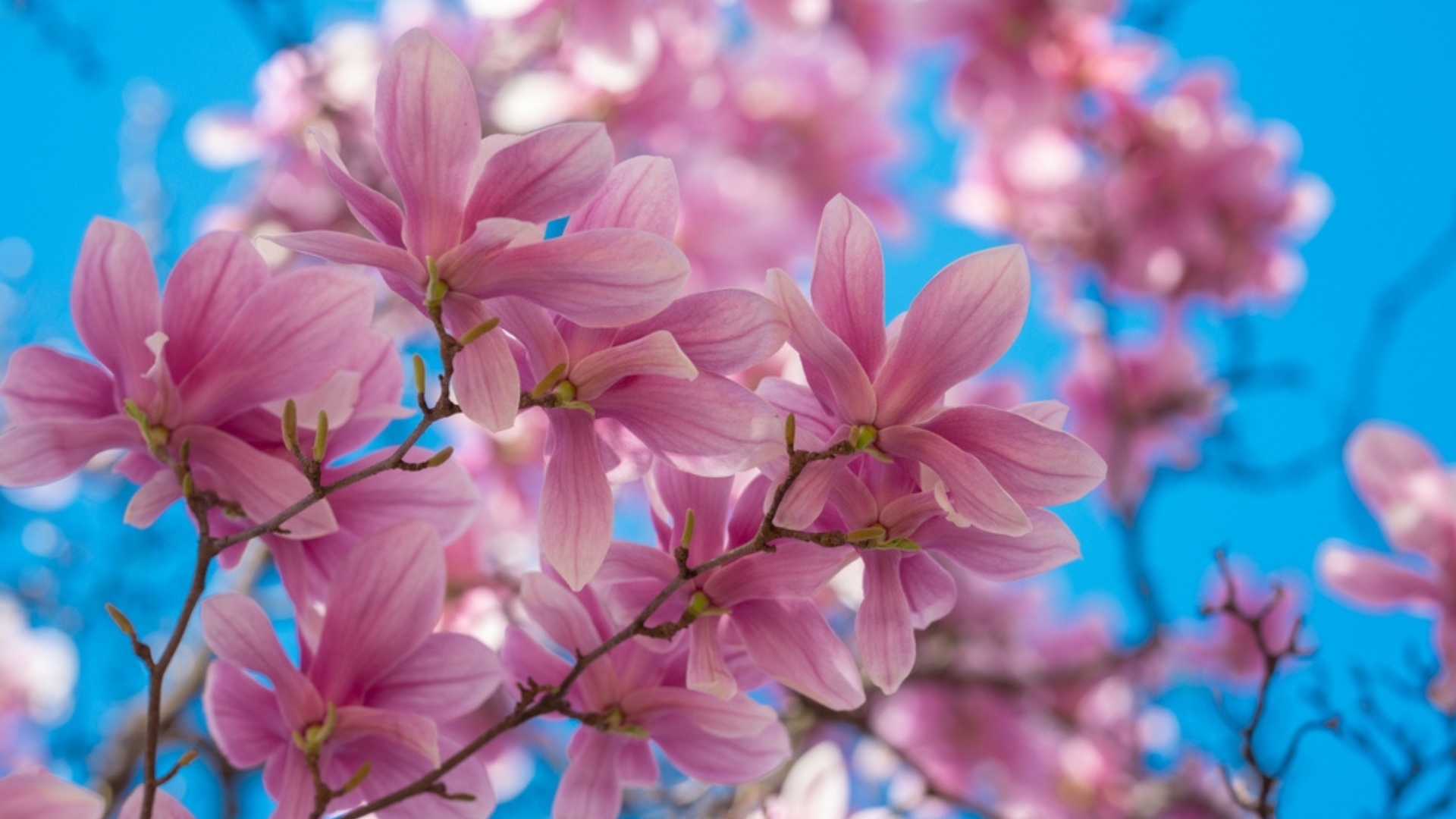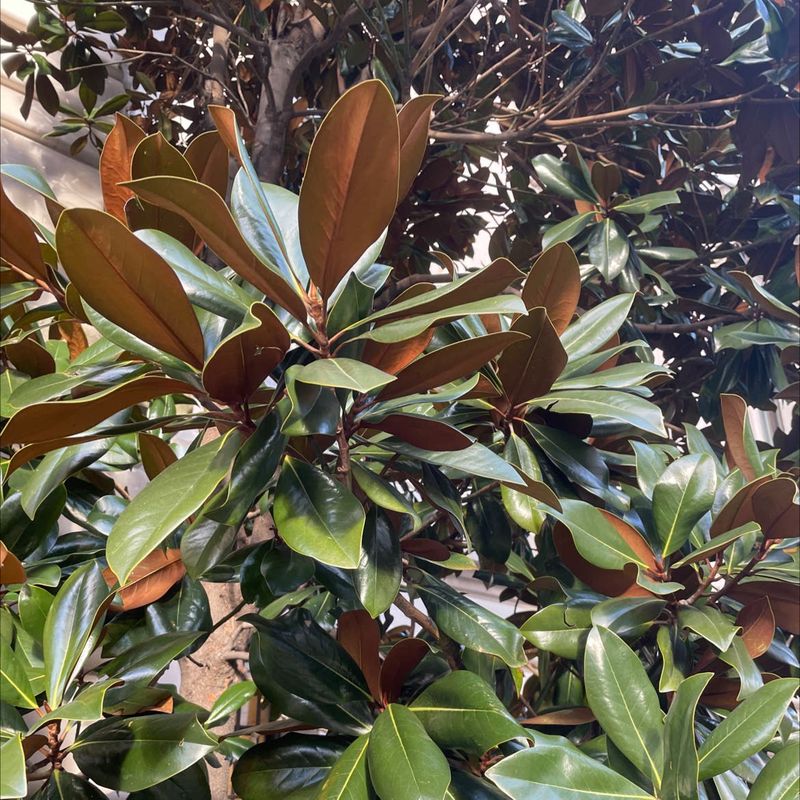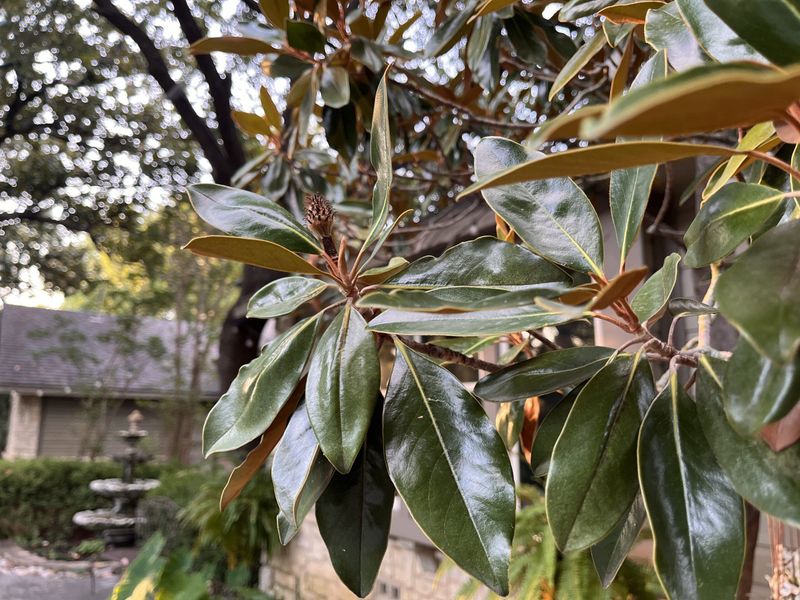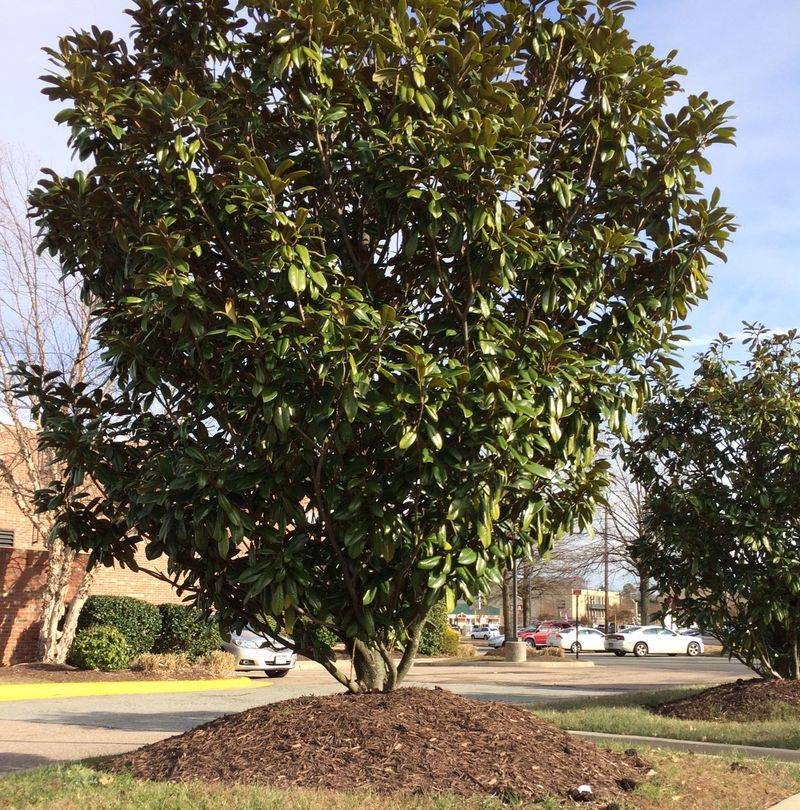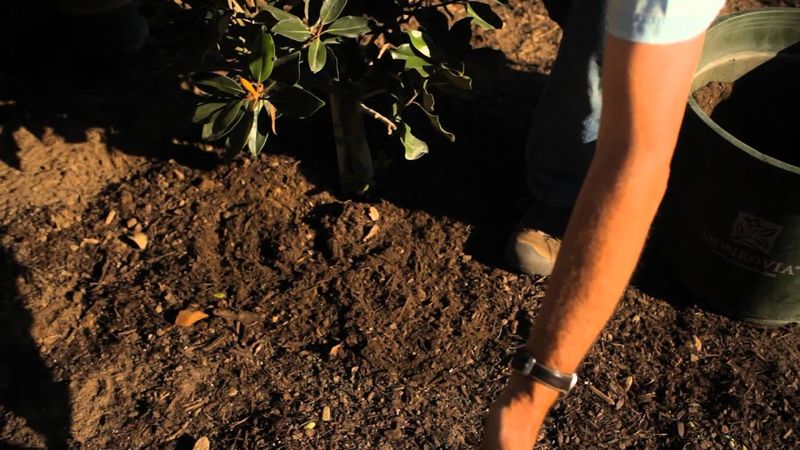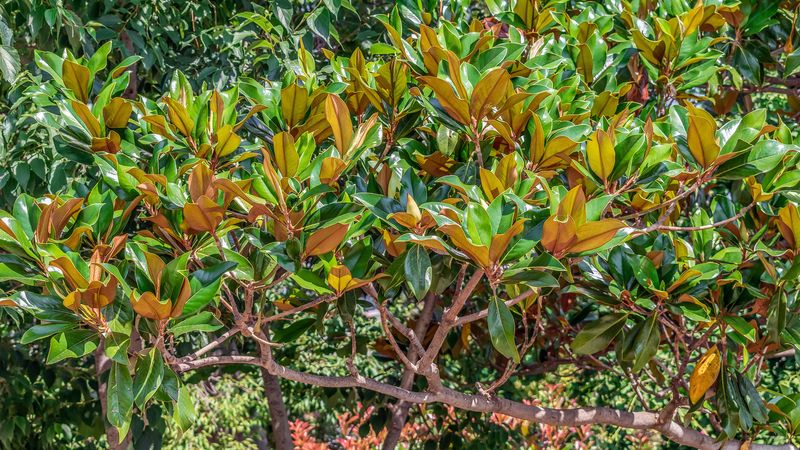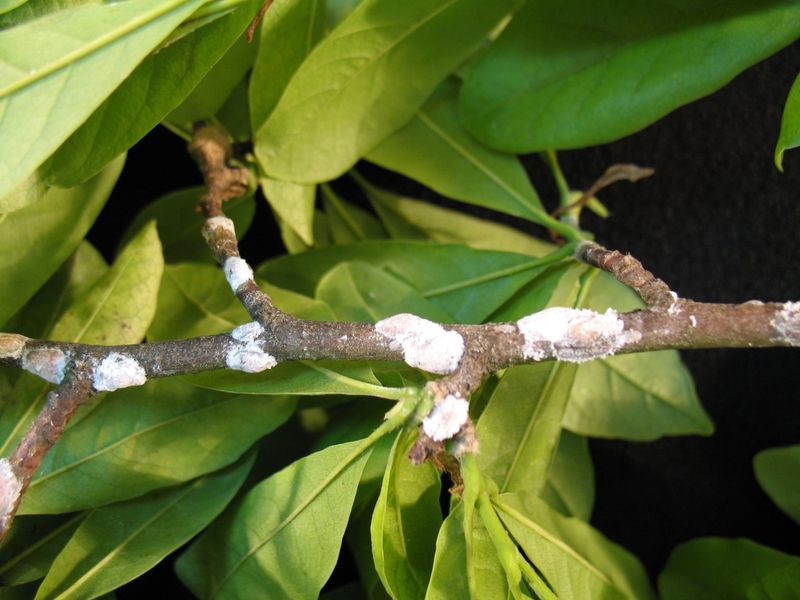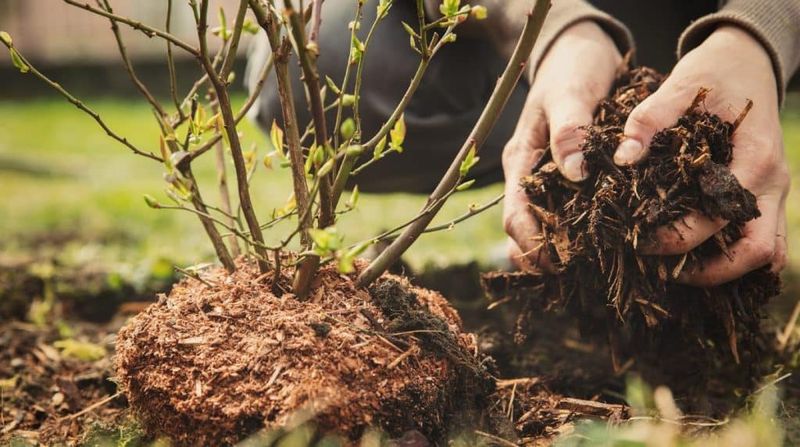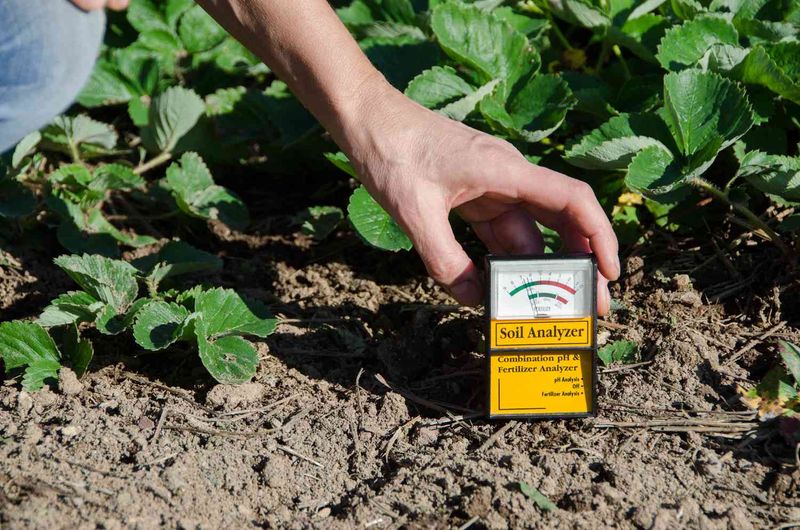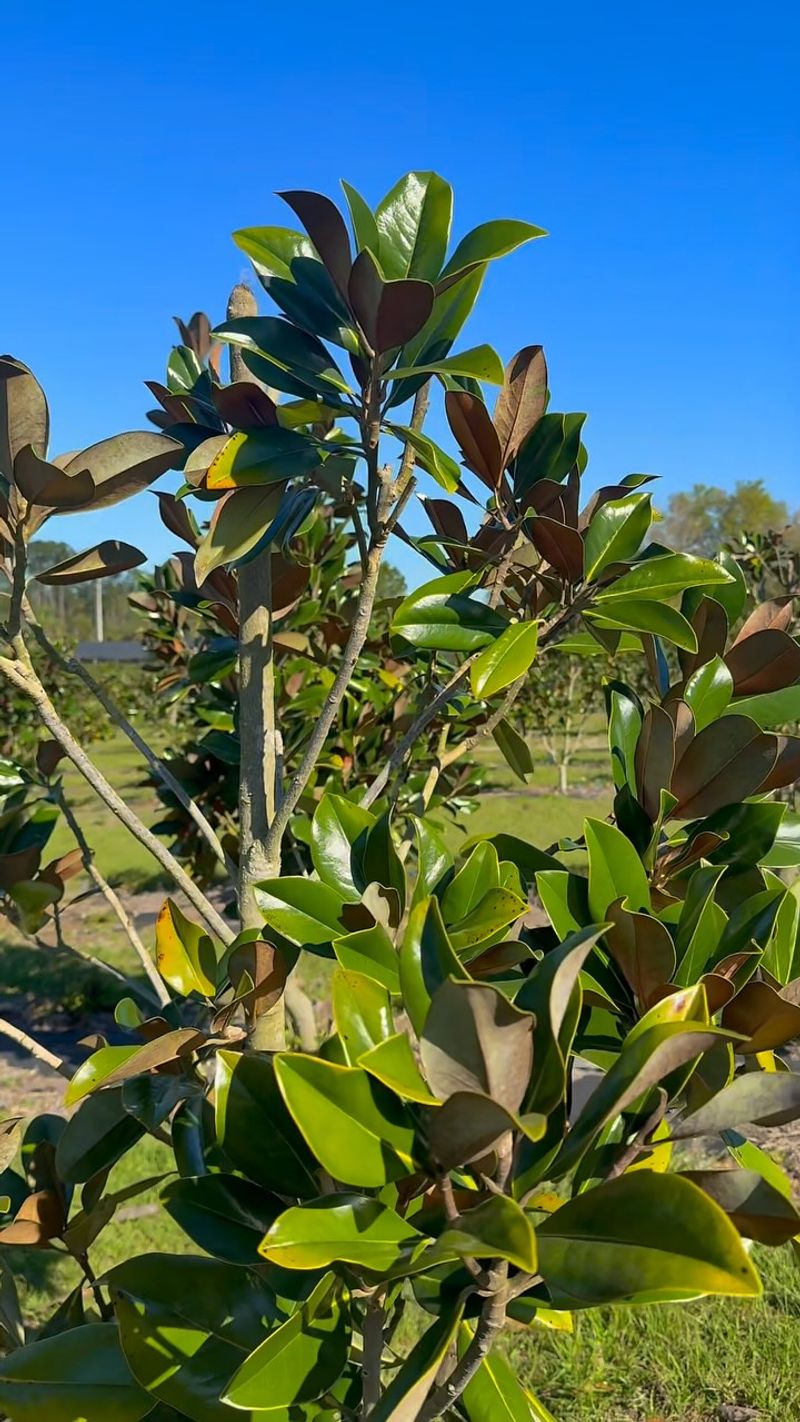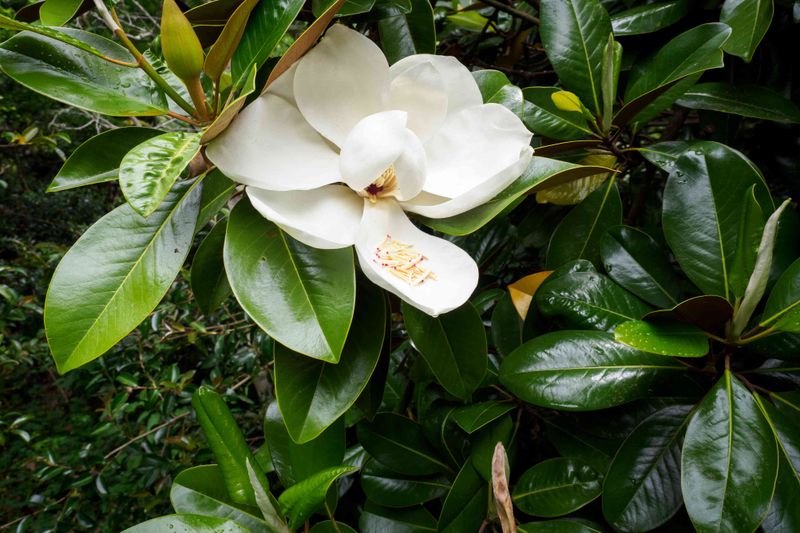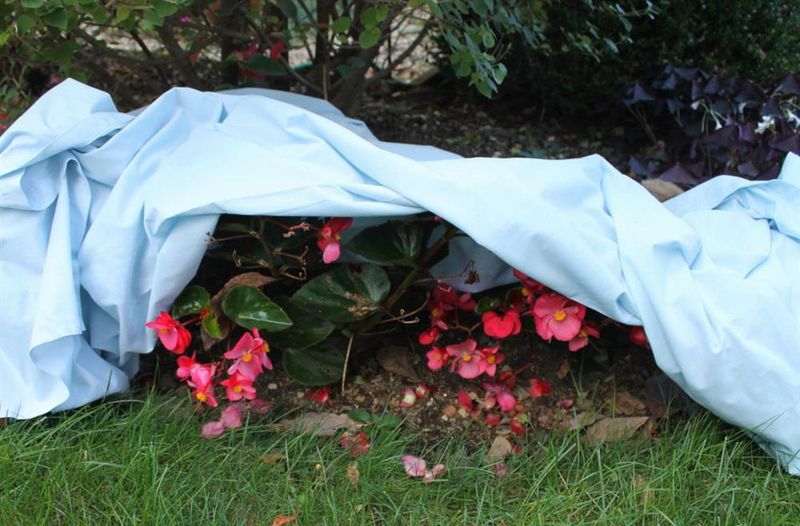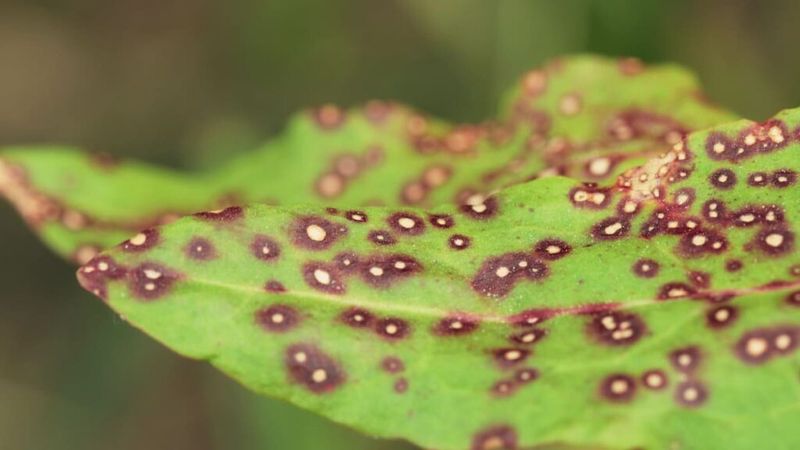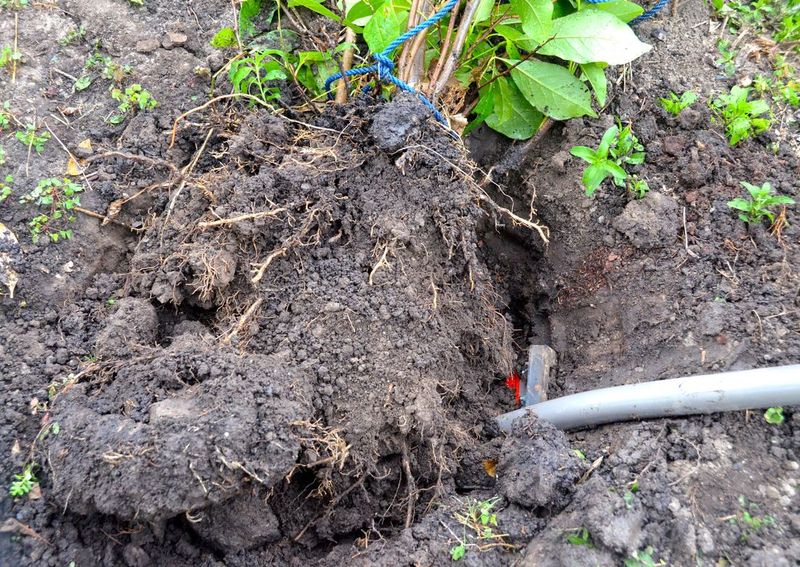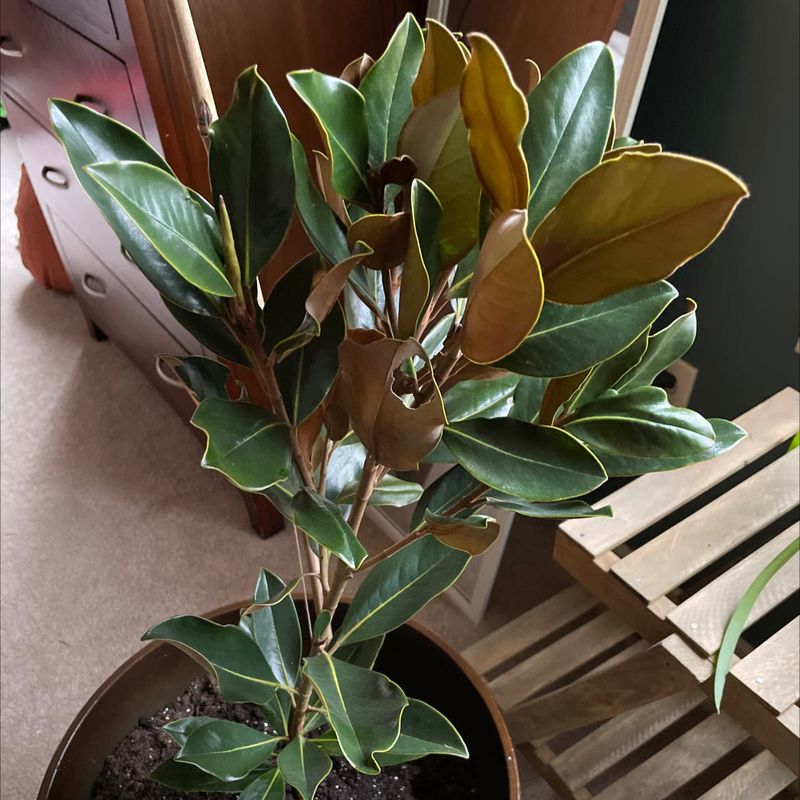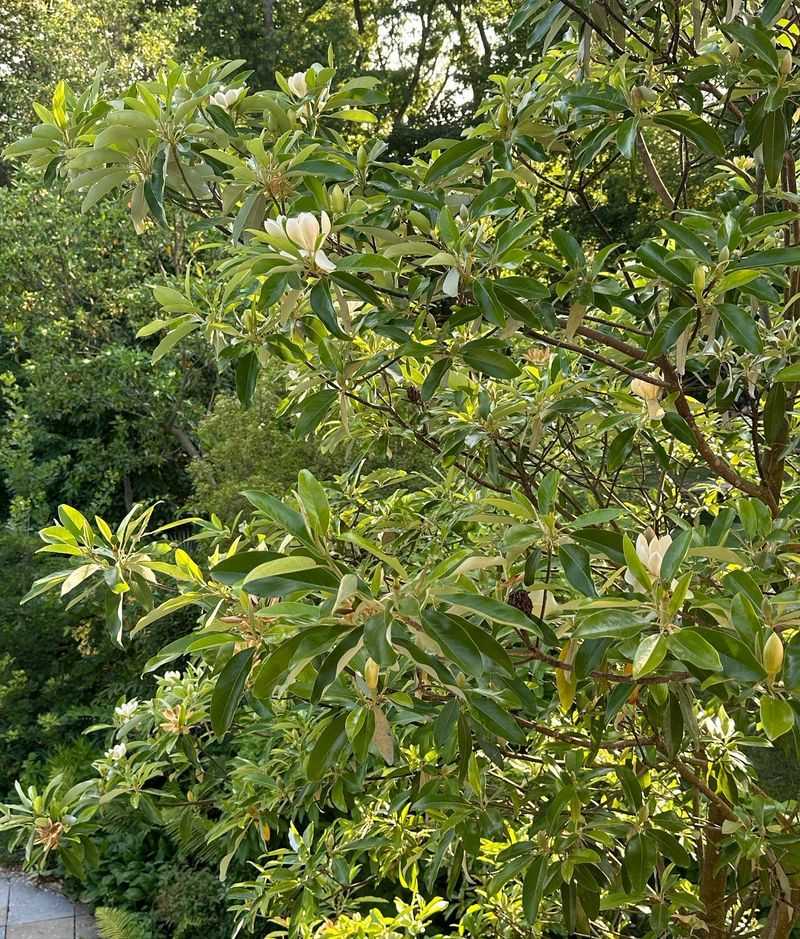Magnolia trees are stunning—until they start dropping leaves like it’s fall in midsummer. If your tree is looking a little bare, it’s time to act fast. Leaf drop is often a sign something’s off, but the good news is it’s usually fixable.
These 16 simple tricks can help you stop the shed and get your magnolia back to its lush, thriving best.
1. Water Deeply During Dry Spells
Magnolias hate inconsistent watering! When drought hits, give your tree a slow, deep soak rather than frequent light sprinklings. The water should reach at least 12 inches below the soil surface.
Set up a soaker hose around the drip line of the tree and let it run for 1-2 hours. Your magnolia needs about an inch of water weekly during growing season, either from rainfall or irrigation.
2. Monitor Soil Moisture Regularly
Grab a soil moisture meter or simply use the finger test to check dampness levels around your magnolia. Push your finger about 2 inches into the soil – if it feels dry at that depth, it’s time to water.
Different seasons require different watering schedules. Spring and fall typically need less supplemental water than summer’s heat. Newly planted magnolias require more frequent monitoring than established trees.
3. Apply Proper Mulching Techniques
Spread a 3-4 inch layer of organic mulch around your magnolia, keeping it several inches away from the trunk. Wood chips, pine straw, or shredded bark work wonderfully to retain moisture and regulate soil temperature.
Extend the mulch ring to match the drip line of the tree. Remember to refresh your mulch annually as it breaks down. Avoid the dreaded “mulch volcano” that can suffocate roots and cause trunk rot.
4. Feed With Balanced Fertilizer
Magnolias benefit from annual feeding with a slow-release, balanced fertilizer with an NPK ratio like 10-10-10. Apply in early spring before new growth appears for best results.
Scatter the fertilizer evenly from near the trunk to slightly beyond the drip line, then water thoroughly. Young trees may need a second light application in early summer. Avoid high-nitrogen fertilizers that promote excessive leaf growth at the expense of root development.
5. Protect From Harsh Winds
Strong winds can tear magnolia leaves and stress the tree, leading to premature leaf drop. Consider planting windbreak shrubs or installing temporary burlap screens during particularly windy seasons.
Position new magnolias where buildings or mature trees can provide some wind protection. For container specimens, move them to sheltered locations when storms threaten. Wind damage often shows up as tattered leaf edges before leaves fall completely.
6. Watch For Early Signs Of Pests
Scale insects, magnolia borers, and spider mites love feasting on magnolia trees. Inspect the undersides of leaves regularly for tiny crawling pests or sticky residue that signals their presence.
A strong blast of water can dislodge minor infestations. For persistent problems, consider insecticidal soap or horticultural oil applications. Catching pest issues early prevents the stress that leads to leaf drop and preserves your tree’s natural defenses.
7. Prevent Soil Compaction
Magnolia roots suffer when soil gets packed down from foot traffic or heavy equipment. Create a designated mulched area around your tree where people won’t walk, and avoid parking vehicles beneath it.
If compaction has already occurred, use an aerating tool to create small holes around the drip line. This allows oxygen, water, and nutrients to reach stressed roots. Healthier roots mean stronger leaf attachment and fewer dropped leaves.
8. Maintain Proper Soil pH
Most magnolias prefer slightly acidic to neutral soil with a pH between 5.5 and 6.5. Test your soil annually and adjust as needed with sulfur to lower pH or lime to raise it.
Sprinkle the recommended amendment evenly under the tree’s canopy and water it in thoroughly. Yellow leaves with green veins often signal pH problems. Proper pH ensures your magnolia can absorb all the nutrients it needs to hold onto its leaves.
9. Prune Only When Necessary
Excessive pruning stresses magnolias and can trigger leaf drop as the tree tries to balance its canopy with available resources. Limit pruning to removal of dead, diseased, or crossing branches.
The best time to prune is right after flowering finishes. Never remove more than 20% of the canopy in a single year. Make clean cuts just outside the branch collar – avoid leaving stubs that invite disease and further stress.
10. Avoid Root Disturbances
Magnolias develop sensitive surface roots that don’t appreciate being disturbed. Avoid digging, trenching, or planting competitive plants within the drip line of your tree.
If construction is necessary near your magnolia, create a protective fence around the drip line. Never add or remove more than 2 inches of soil around established trees. Root damage often shows up as leaf drop weeks or even months after the disturbance.
11. Shield From Late Frosts
Spring frost can damage new magnolia growth and cause sudden leaf drop. Cover young or vulnerable trees with lightweight fabric when overnight frost threatens after budbreak.
Remove covers in the morning to prevent overheating. Planting magnolias on slightly elevated sites or on the north side of buildings can reduce frost pocket formation. Some varieties are more frost-sensitive than others, so research your specific type.
12. Improve Drainage Issues
Soggy soil suffocates magnolia roots, leading to yellowing leaves that eventually drop. Check drainage by digging a test hole 12 inches deep and filling it with water – it should drain within 12 hours.
For poor drainage, create a raised planting bed or install drainage pipes. Adding organic matter to heavy clay soils improves structure over time. Consider a rain garden nearby to direct excess water away from your magnolia’s root zone.
13. Treat Fungal Issues Promptly
Leaf spot diseases create brown or black spots on magnolia foliage before causing premature drop. Improve air circulation by selectively thinning interior branches if your tree has a dense canopy.
Apply a copper-based fungicide at the first sign of infection, following label directions carefully. Always water at the base rather than overhead to keep foliage dry. Remove and destroy fallen infected leaves to prevent spores from splashing back onto healthy foliage.
14. Minimize Transplant Shock
Newly transplanted magnolias often drop leaves as they adjust to their new location. Prepare the planting hole twice as wide as the root ball but no deeper to encourage outward root growth.
Water consistently for the first two years after planting. Apply anti-transpirant spray to reduce moisture loss through leaves during the establishment period. Expect some leaf drop initially, but sustained leaf loss requires intervention.
15. Provide Summer Shade For Potted Magnolias
Container-grown magnolias are especially vulnerable to heat stress that triggers leaf drop. Move potted specimens to morning sun/afternoon shade locations during summer’s peak heat.
Consider placing container plants on casters for easy relocation. Water container magnolias more frequently than in-ground trees, sometimes daily during heat waves. Choose light-colored containers that reflect rather than absorb heat to keep root temperatures moderate.
16. Maintain Consistent Care Routines
Magnolias hate dramatic changes in their care regimen. Establish regular watering, feeding, and monitoring schedules and stick to them as closely as possible.
Keep a simple garden journal to track your magnolia’s care and any signs of stress. Gradual transitions between seasons help your tree adjust naturally. Magnolias thrive on predictability – sudden changes in light, water, or temperature often trigger protective leaf drop.

